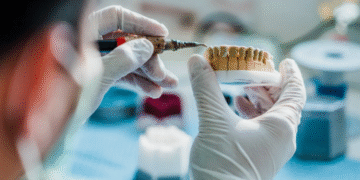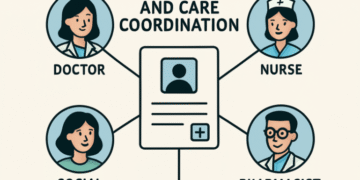When it comes to health, most of us think about exercise, diet, and sleep. But one key factor often overlooked—especially for men as they age—is hormone balance. Testosterone, in particular, plays a huge role in energy, mood, muscle strength, and even relationships. Yet, many people don’t realize the significant impact low levels can have until symptoms appear.
This is where understanding low testosterone and exploring possible therapies becomes not just a medical conversation, but also a lifestyle discussion. Let’s break it down in a simple, human way.
Recognizing the Symptoms: More Than Just Feeling Tired
Imagine you’re a mechanic who has worked with engines for years. You know the sound of a car running smoothly versus when something feels “off.” The human body is no different. When testosterone levels dip, subtle changes start to creep in, and if you don’t recognize them, it can feel like your “engine” is running on half power.
Some of the most common signs include:
- Low energy – Not just the usual 3 p.m. slump, but a constant fatigue that lingers.
- Mood shifts – Irritability, anxiety, or even depression that doesn’t seem to have a clear cause.
- Decreased muscle strength – Workouts that used to feel easy now feel like pushing a boulder uphill.
- Changes in sleep – Restlessness or disrupted sleep patterns.
- Reduced sex drive – A shift in desire or performance that can also affect confidence and relationships.
These aren’t just random occurrences; they are the body’s way of sending signals that something needs attention. Think of it like a project manager noticing delays in workflow—it’s a clue that resources (in this case, hormones) aren’t balanced.
Exploring Treatment Options: Science Meets Real Life
The good news? Just like industries evolve by adopting new tools and methods, medicine has developed safe and effective ways to address low testosterone.
Treatment options may include:
- Injections or gels – Designed to gradually restore testosterone levels in the body.
- Pellet therapy – Small pellets inserted under the skin that release steady doses over time.
- Lifestyle adjustments – Exercise, proper nutrition, and stress management can complement medical treatments.
Think of it like upgrading a company’s outdated software. The new system doesn’t just fix what’s broken—it helps everything run more efficiently. Similarly, therapy isn’t about creating “superhuman” results; it’s about restoring balance so everyday life feels normal again.
Doctors typically monitor progress closely, adjusting treatments to ensure the benefits outweigh any risks. The goal is steady, sustainable improvement.
The Long-Term Benefits: More Than Just Physical
The benefits of addressing low testosterone extend beyond energy levels and physical strength. In fact, the ripple effects can touch nearly every aspect of life.
- Improved relationships – More energy and better mood often translate into stronger connections with partners, family, and colleagues.
- Better productivity at work – Feeling focused and motivated can be the difference between just getting through the day and thriving in your career.
- Healthier aging – Stronger bones, better muscle mass, and improved cardiovascular health make it easier to enjoy hobbies, travel, and an active lifestyle well into later years.
It’s similar to what happens in agriculture when the soil is properly nourished. The crops aren’t just healthier that season—they set the foundation for stronger harvests in years to come. Similarly, restoring hormonal balance lays the groundwork for long-term vitality.
Taking the First Step
Acknowledging that you might need help isn’t always easy. But just like an athlete relies on a coach or a business leader turns to advisors, seeking medical guidance is a sign of strength—not weakness. If you’ve noticed some of the symptoms we’ve talked about, it might be worth exploring whether low testosterone therapy could be the right next step for you.
As with any treatment, it’s essential to consult a healthcare professional who can assess your individual situation and recommend the safest course of action. Knowledge truly is power, and having the right support can make all the difference.
For those curious about the science behind hormones, you can dive deeper into how the body regulates them through this resource on endocrinology.
Final Thoughts
Low testosterone isn’t just a medical issue—it’s a quality-of-life issue. Whether it’s feeling more engaged at work, enjoying hobbies again, or simply waking up without that constant sense of fatigue, restoring balance can be transformative.
Every person’s journey is different, but the core idea remains the same: when your body is in balance, you’re able to show up fully—for yourself, for your loved ones, and for the life you want to live.










